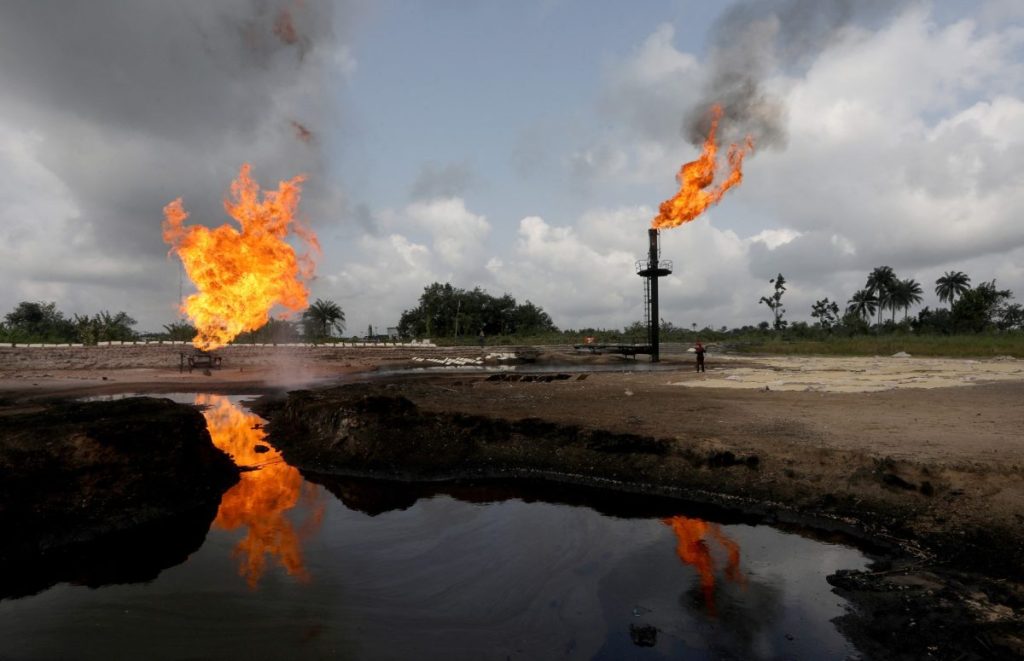
Paris, France — In a continent striving for energy access and industrial development, Africa continues to lose billions of dollars in potential revenue by flaring its natural gas – a practice that remains entrenched largely due to infrastructure shortfalls and outdated economic incentives.
Speaking at a presentation on “Flare Gas Utilization: The Importance of Mid-Scale Integrated Gas Commercialization Solutions,” Nmesoma Okereke, Sales Manager and Flare Gas Recovery Specialist at Neuman & Esser, underscored the urgency of addressing this paradox through modern, scalable gas monetization strategies.
“The most important reason for gas flaring is a lack of infrastructure, but also cost inefficiencies,” said Okereke. “In the past, it was more economically feasible to flare gas than develop or commercialize the gas. That is no longer the case with the rise of innovative gas solutions.”
Three of the world’s top nine gas-flaring countries are in Africa, said Okereke, collectively responsible for an estimated 60% of the continent’s gas flaring. Nigeria alone flared roughly 193 billion cubic feet of gas in 2024, while producing 2.5 trillion cubic feet of gas. That volume of wasted gas represents a market value of $1 billion – at a time when around 40% of the country’s population lacks access to electricity.
Nigeria’s case study illustrates the dual challenge of wasted resources and unmet energy demand. According to Okereke, Nigeria needs five times its current domestic gas supply to reach its goal of 30 GW of power by 2030.
With flaring becoming less economically justifiable due to emerging technologies and modular gas utilization options, Okereke emphasized the need to shift toward mid-scale integrated solutions that can bridge the infrastructure gap and bring gas to market more quickly and efficiently.
This article was originally posted at sweetcrudereports.com
Be the first to comment